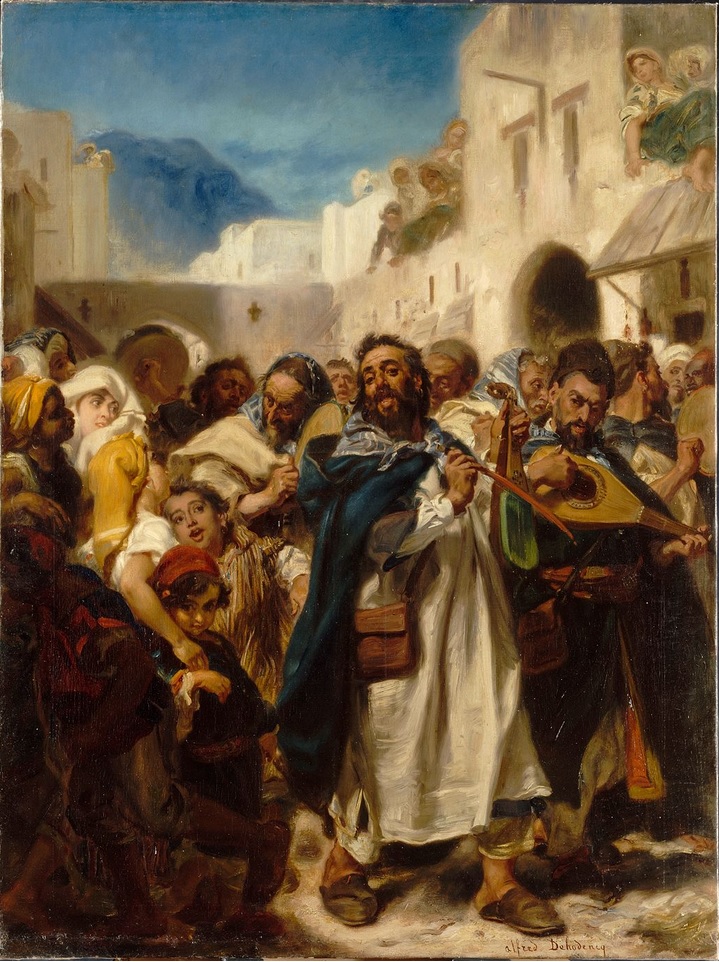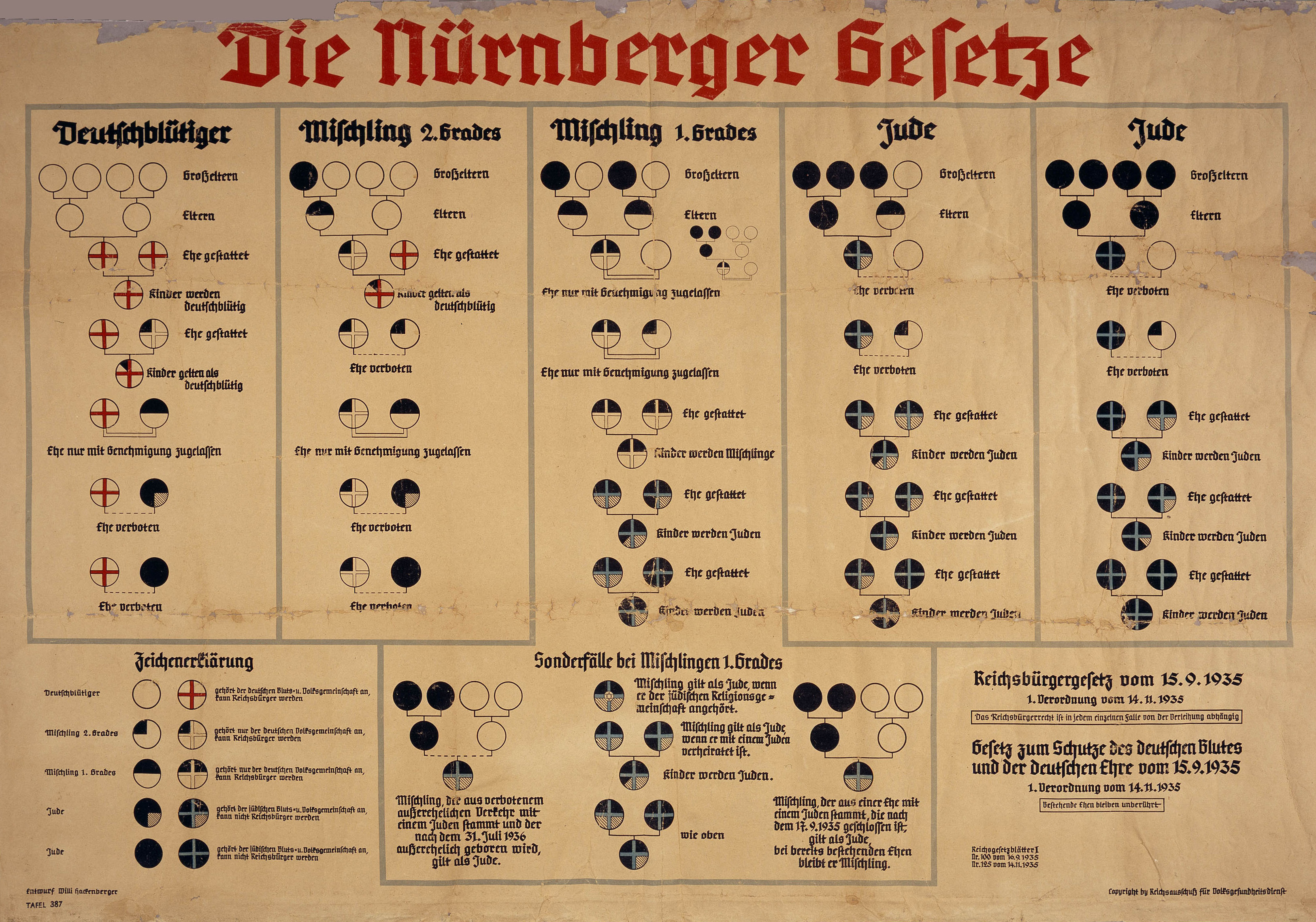|
Ingolf Dahl
Ingolf Dahl (June 9, 1912 – August 6, 1970) was a German-born American composer, pianist, conductor, and educator. Biography Dahl was born Walter Ingolf Marcus in Hamburg, Germany, to a German Jewish father, attorney Paul Marcus, and his Swedish wife Hilda Maria Dahl. He had two brothers, Gert Marcus (1914–2008; a noted Swedish artist and sculptor, and a recipient of the Prince Eugen Medal), and Holger, and one sister Anna-Britta. In Hamburg, Dahl studied piano under Edith Weiss-Mann, a harpsichordist, pianist, and a proponent of early music. Dahl studied with Philipp Jarnach at the Hochschule für Musik Köln (1930–32). Dahl left Germany as the Nazi Party was coming to power and continued his studies at the University of Zurich, along with Volkmar Andreae and . Living with relatives and working at the Zürich Opera for more than six years, he rose from an internship to the rank of assistant conductor. He served as a vocal coach and chorus master for the world pre ... [...More Info...] [...Related Items...] OR: [Wikipedia] [Google] [Baidu] |
Hamburg
Hamburg (, ; nds, label=Hamburg German, Low Saxon, Hamborg ), officially the Free and Hanseatic City of Hamburg (german: Freie und Hansestadt Hamburg; nds, label=Low Saxon, Friee un Hansestadt Hamborg),. is the List of cities in Germany by population, second-largest city in Germany after Berlin, as well as the overall List of cities in the European Union by population within city limits, 7th largest city and largest non-capital city in the European Union with a population of over 1.85 million. Hamburg's urban area has a population of around 2.5 million and is part of the Hamburg Metropolitan Region, which has a population of over 5.1 million people in total. The city lies on the River Elbe and two of its tributaries, the River Alster and the Bille (Elbe), River Bille. One of Germany's 16 States of Germany, federated states, Hamburg is surrounded by Schleswig-Holstein to the north and Lower Saxony to the south. The official name reflects History of Hamburg, Hamburg's history ... [...More Info...] [...Related Items...] OR: [Wikipedia] [Google] [Baidu] |
Lulu (opera)
''Lulu'' (composed from 1929 to 1935, premièred incomplete in 1937 and complete in 1979) is an opera in three acts by Alban Berg. Berg adapted the libretto from Frank Wedekind's two ''Lulu'' plays, ''Erdgeist'' ('' Earth Spirit'', 1895) and ''Die Büchse der Pandora'' (''Pandora's Box'', 1904). The opera tells the story of a mysterious young woman known as Lulu, who follows a downward spiral from a well-kept mistress in Vienna to a street prostitute in London, while being both a victim and a purveyor of destruction. It explores the idea of the '' femme fatale'' and the duality between her feminine and masculine qualities. Berg died before completing the third and final act, and in the following decades the opera was typically performed incomplete. Since the 1979 publication of the version including Friedrich Cerha's orchestration of the act 3 sketches, it has become standard. ''Lulu'' is especially notable for using serialism at a time that was particularly inhospitable to it ... [...More Info...] [...Related Items...] OR: [Wikipedia] [Google] [Baidu] |
Ernst Toch
Ernst Toch (; 7 December 1887 – 1 October 1964) was an Austrian composer of classical music and film scores. He sought throughout his life to introduce new approaches to music. Biography Toch was born in Leopoldstadt, Vienna, into the family of a humble Jewish leather dealer when the city was at its 19th-century cultural zenith. He studied philosophy at the University of Vienna, medicine at Heidelberg and music at the Hoch Conservatory (1909–1913) in Frankfurt. His main instrument was the piano, and he was a pianist of considerable stature, performing to acclaim throughout much of western Europe. Much of his writing was intended for the piano. Toch continued to grow as an artist and composer throughout his adult life, and in America came to influence whole new generations of composers. His first compositions date from c. 1900 and were pastiches in the style of Mozart (quartets, 1905 album verses for piano). His first quartet was performed in Leipzig in 1908, and his six ... [...More Info...] [...Related Items...] OR: [Wikipedia] [Google] [Baidu] |
Igor Stravinsky
Igor Fyodorovich Stravinsky (6 April 1971) was a Russian composer, pianist and conductor, later of French (from 1934) and American (from 1945) citizenship. He is widely considered one of the most important and influential composers of the 20th century and a pivotal figure in modernist music. Stravinsky's compositional career was notable for its stylistic diversity. He first achieved international fame with three ballets commissioned by the impresario Sergei Diaghilev and first performed in Paris by Diaghilev's Ballets Russes: '' The Firebird'' (1910), '' Petrushka'' (1911), and '' The Rite of Spring'' (1913). The last transformed the way in which subsequent composers thought about rhythmic structure and was largely responsible for Stravinsky's enduring reputation as a revolutionary who pushed the boundaries of musical design. His "Russian phase", which continued with works such as '' Renard'', '' L'Histoire du soldat,'' and '' Les noces'', was followed in the 1920s by a ... [...More Info...] [...Related Items...] OR: [Wikipedia] [Google] [Baidu] |
Arnold Schoenberg
Arnold Schoenberg or Schönberg (, ; ; 13 September 187413 July 1951) was an Austrian-American composer, music theorist, teacher, writer, and painter. He is widely considered one of the most influential composers of the 20th century. He was associated with the expressionism, expressionist movement in German poetry and art, and leader of the Second Viennese School. As a Jewish composer, Schoenberg was targeted by the Nazi Party, which labeled his works as degenerate music and forbade them from being published. He immigrated to the United States in 1933, becoming an American citizen in 1941. Schoenberg's approach, bοth in terms of harmony and development, has shaped much of 20th-century musical thought. Many composers from at least three generations have consciously extended his thinking, whereas others have passionately reacted against it. Schoenberg was known early in his career for simultaneously extending the traditionally opposed German German Romanticism, Romantic styles ... [...More Info...] [...Related Items...] OR: [Wikipedia] [Google] [Baidu] |
Darius Milhaud
Darius Milhaud (; 4 September 1892 – 22 June 1974) was a French composer, conductor, and teacher. He was a member of Les Six—also known as ''The Group of Six''—and one of the most prolific composers of the 20th century. His compositions are influenced by jazz and Brazilian music and make extensive use of polytonality. Milhaud is considered one of the key modernist composers.Reinhold Brinkmann & Christoph Wolff, ''Driven into Paradise: The Musical M ... [...More Info...] [...Related Items...] OR: [Wikipedia] [Google] [Baidu] |
Ernst Krenek
Ernst Heinrich Krenek (, 23 August 1900 – 22 December 1991) was an Austrian, later American, composer of Czech origin. He explored atonality and other modern styles and wrote a number of books, including ''Music Here and Now'' (1939), a study of Johannes Ockeghem (1953), and ''Horizons Circled: Reflections on my Music'' (1974). Krenek wrote two pieces using the pseudonym Thornton Winsloe. Life Born Ernst Heinrich Křenek in Vienna (then in Austria-Hungary), he was the son of a Czech soldier in the Austro-Hungarian army. He studied there and in Berlin with Franz Schreker before working in a number of German opera houses as conductor. During World War I, Krenek was drafted into the Austrian army, but he was stationed in Vienna, allowing him to go on with his musical studies. In 1922 he met Alma Mahler, widow of Gustav Mahler, and her daughter, Anna, to whom he dedicated his Symphony No. 2, and whom he married in January 1924. That marriage ended in divorce before its first ... [...More Info...] [...Related Items...] OR: [Wikipedia] [Google] [Baidu] |
Jewish Surname
Jewish surnames are family names used by Jews and those of Jewish origin. Jewish surnames are thought to be of comparatively recent origin; the first known Jewish family names date to the Middle Ages, in the 10th and 11th centuries CE. Jews have some of the largest varieties of surnames among any ethnic group, owing to the geographically diverse Jewish diaspora, as well as cultural assimilation and the recent trend toward Hebraization of surnames. Some traditional surnames relate to Jewish history or roles within the religion, such as Cohen ("priest"), Levi, Shulman ("synagogue-man"), Sofer ("scribe"), or Kantor (" cantor"), while many others relate to a secular occupation or place names. The majority of Jewish surnames used today developed in the past three hundred years. History Historically, Jews used Hebrew patronymic names. In the Jewish patronymic system the first name is followed by either ''ben-'' or ''bat-'' ("son of" and "daughter of," respectively), and ... [...More Info...] [...Related Items...] OR: [Wikipedia] [Google] [Baidu] |
Marcus (name)
Marcus is a masculine given name of Ancient Roman Polytheism, pre-Christian origin derived either from Etruscan language, Etruscan ''Marce'' of unknown meaning or referring to the god Mars (mythology), Mars. Mars was identified as the Roman mythology, Roman God (male deity), god of War. The name is popular in Europe, particularly in Sweden, Norway, Italy and Germany, and increasingly, in the Netherlands. It is also popular in English language countries, although less common than the shortened variation 'Mark (given name), Mark', associated with the Gospel writer Mark the Evangelist. There are other variants. Marcus ranks in the top 100 most popular boy names in Australia, Canada, England, Scotland, Sweden, and Wales since the 1990s, as well as the top 200 most popular boy names in the US since the 1960s. Marcus developed as a patronymic surname, patronymic or toponymic surname in Italy, southern France, and Spain around 1000 A.D., attributable to religious monasteries and sanctu ... [...More Info...] [...Related Items...] OR: [Wikipedia] [Google] [Baidu] |
Jewish Heritage
Jewish culture is the culture of the Jewish people, from its formation in ancient times until the current age. Judaism itself is not a faith-based religion, but an orthoprax and ethnoreligion, pertaining to deed, practice, and identity. Jewish culture covers many aspects, including religion and worldviews, literature, media, and cinema, art and architecture, cuisine and traditional dress, attitudes to gender, marriage, and family, social customs and lifestyles, music and dance. Some elements of Jewish culture come from within Judaism, others from the interaction of Jews with host populations, and others still from the inner social and cultural dynamics of the community. Before the 18th century, religion dominated virtually all aspects of Jewish life, and infused culture. Since the advent of secularization, wholly secular Jewish culture emerged likewise. History There has not been a political unity of Jewish society since the united monarchy. Since then Israelite The I ... [...More Info...] [...Related Items...] OR: [Wikipedia] [Google] [Baidu] |
Mischling
(; "Miscegenation, mix-ling"; plural: ) was a pejorative legal term used in Nazi Germany to denote persons of mixed "Aryanism, Aryan" and non-Aryan, such as Jews, Jewish, ancestry as codified in the Nuremberg racial laws of 1935. In German, the word has the general denotation of Hybrid (biology), hybrid, mongrel, or half-breed. Outside its use in official Nazi terminology, the term ''Mischlingskinder'' ("mixed children") was later used to refer to war babies born to non-white soldiers and German mothers in the aftermath of World War II. Nazi definitions of Mischling Since the Nazis were unable to find a racial definition of a "Jew", they instead relied on one's ancestors' religious backgrounds to determine whether someone was of "German or related blood" ("Aryan") or a "Jew" ("non-Aryan"). Thus, the Nuremberg Laws in 1935 defined a "full Jews, Jew" (''Istjude'' or ''Volljude'' in Nazi terminology) as a person – regardless of religious affiliation or self-identification – ... [...More Info...] [...Related Items...] OR: [Wikipedia] [Google] [Baidu] |
Jewish Refugees
This article lists expulsions, refugee crises and other forms of displacement that have affected Jews. Timeline The following is a list of Jewish expulsions and events that prompted significant streams of Jewish refugees. Assyrian captivity ;733/2 Common Era, BCE: Tiglath-Pileser III, King of the Neo-Assyrian Empire, sacked the northern Kingdom of Israel (Samaria), Kingdom of Israel and annexed the Transjordan (Bible), territory of the tribes of Tribe of Reuben, Reuben, Tribe of Gad, Gad and Tribe of Manasseh, Manasseh in Gilead. People from these tribes were taken captive and resettled in the region of the Khabur (Euphrates), Khabur River, in Halah, Habor, Hara and Tell Halaf, Gozan (). Tiglath-Pileser also captured the territory of Naphtali and the city of Janohah, Janoah in Tribe of Ephraim, Ephraim, and an Assyrian governor was placed over the region of Naphtali. According to , the population of Naphtali was deported to Assyria. ;722 Common Era, BCE: In 720s BC, 722 BCE, ... [...More Info...] [...Related Items...] OR: [Wikipedia] [Google] [Baidu] |







